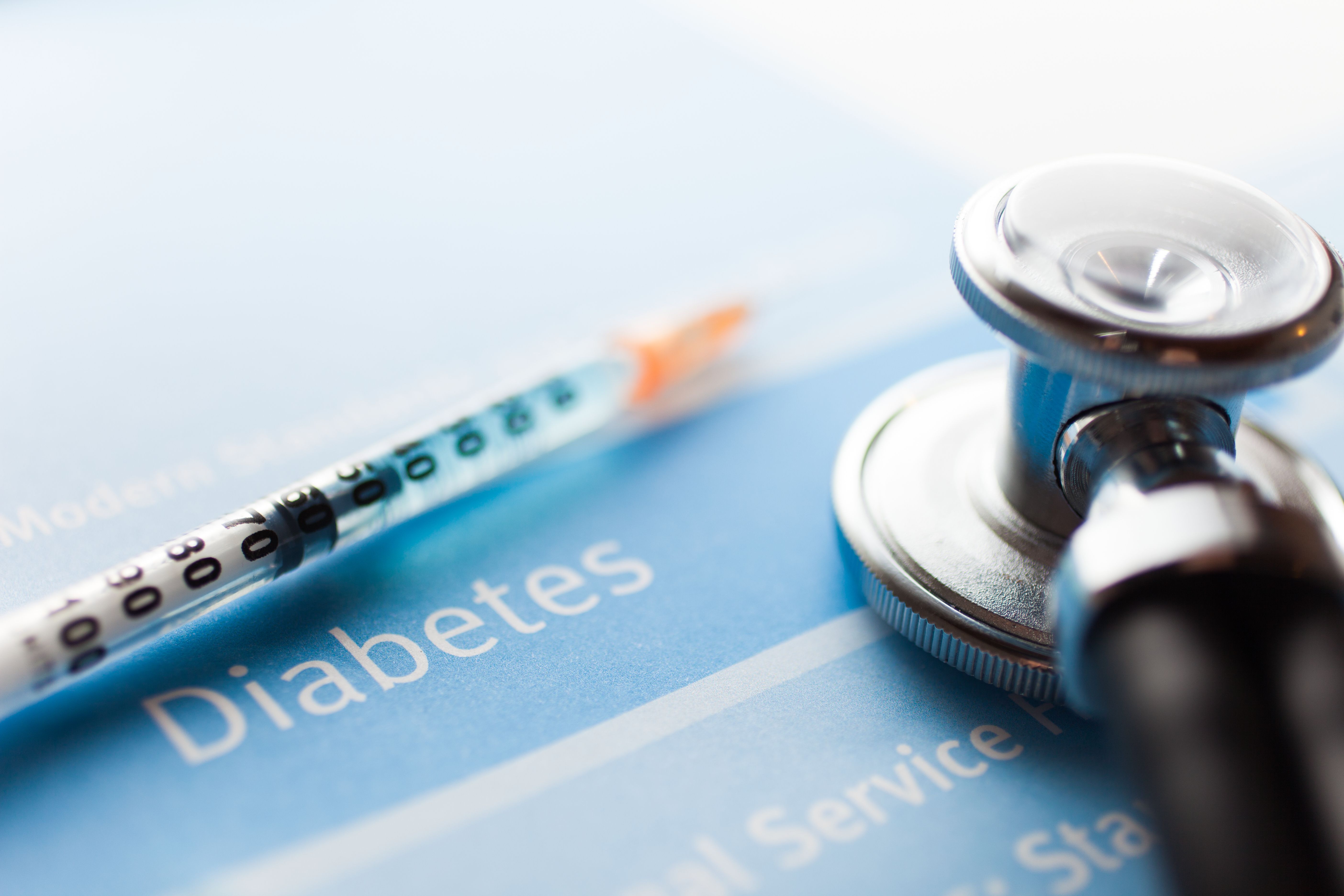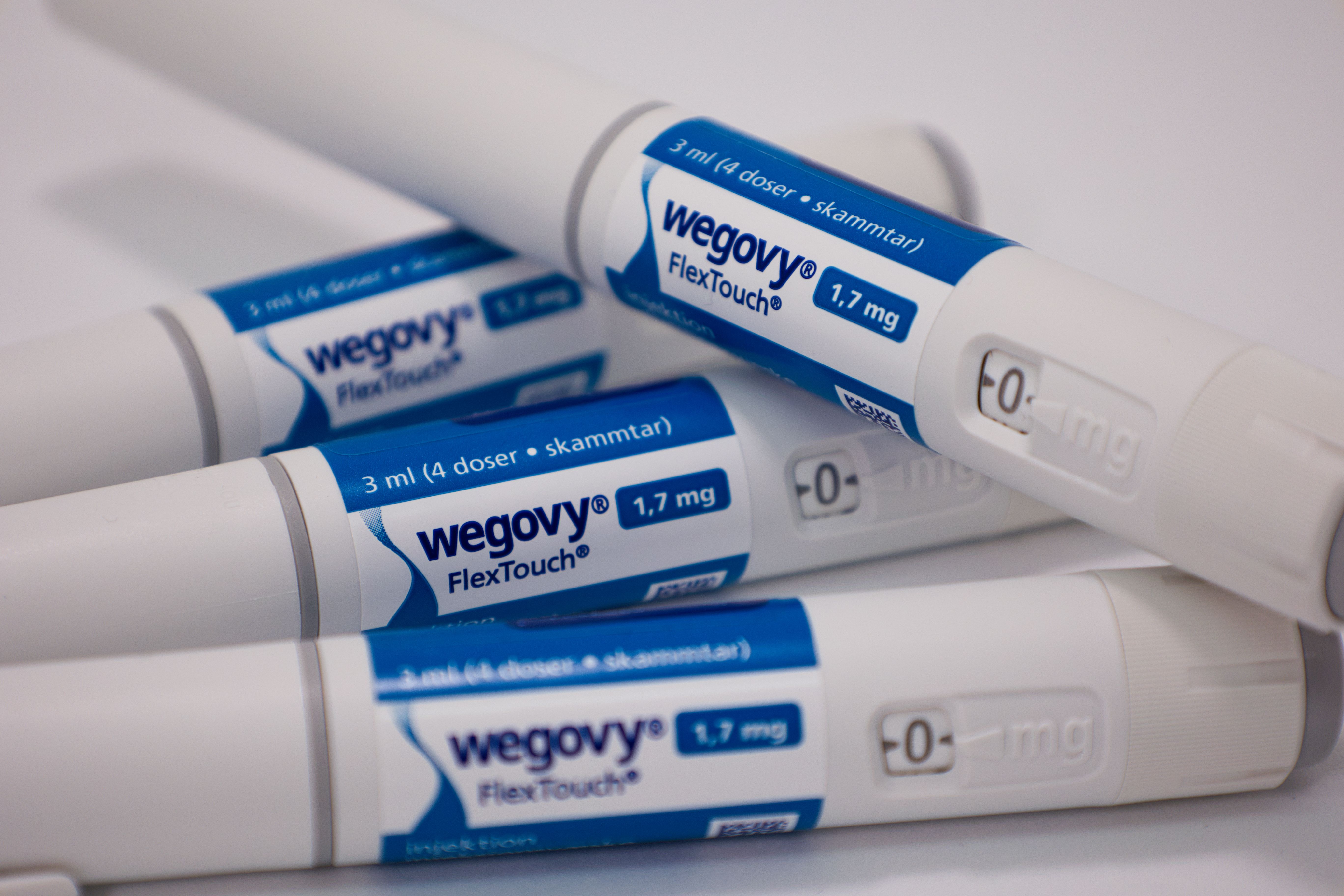Article
Next Chapter of Intarcia's Mini Pump for Diabetes Begins as FDA Accepts Resubmitted NDA
Author(s):
More than 2 years after the FDA derailed the trajectory of its novel treatment system for type 2 diabetes (T2D), Intarcia Therapeutics today announced that regulators have accepted a resubmitted new drug application for the mini pump that delivers a continuous dose of exenatide.
More than 2 years after the FDA derailed the trajectory of its novel treatment system for type 2 diabetes (T2D), Intarcia Therapeutics today announced that regulators have accepted a resubmitted new drug application for the mini pump that delivers a continuous dose of exenatide.
According to the company’s statement, if approved, the matchstick-size ITCA 650 “would represent a new, twice-yearly delivery system of glucagon-like peptide-1 (GLP-1) receptor agonist for maintenance therapy of type 2 diabetes.”
The osmotic mini pump technology, known as Intarcia’s Medici Drug Delivery System, involves no electronics and is also being studied for treatments of obesity and HIV, among other conditions.
The Prescription Drug User Fee Act date for FDA action on ITCA 650 is March 9, 2020, according to the company.
Today’s development marks a comeback for a T2D treatment system that many saw as a gamechanger in the summer of 2017, before setbacks let to several personnel changes. In 2018, Intarcia named Thane Wettig, formerly of Eli Lilly, to the new role of chief marketing officer and metabolic franchise head, and named Fred Fiedorek, MD, chief medical officer and global head of Regulatory Affairs.
Intarcia’s therapeutic solution tackles one of the most vexing problems in diabetes care: medication adherence. In clinical trials, the ITCA 650 produced more than twice the reduction in blood sugar and 3 times the weight loss as a popular oral medication, sitagliptin. At the 2015 American Diabetes Association Scientific Sessions in Boston, onlookers crowded around Intarcia’s booth and had to be stopped from taking photographs during demonstrations of how the piston-fired minipump was quickly inserted under the skin.
Leading diabetes experts, including Julio Rosenstock, MD, of the Dallas Diabetes Research Center, and Robert R. Henry, MD, of the University of California at San Diego, attested to study findings that showed the potential value for payers of a tamper-proof device that could be inserted under the skin and left in place for up to 6 months. The device met safety end points of a cardiovascular outcomes study.
During a session at ADA 2015 in Boston, Rosenstock described the phase 3 ITCA 650 results as “transformational.” At 39 weeks, among patients with glycated hemoglobin (A1C) between 7.5% and 10%, the average reductions for patients taking the lower dose of 40 mcg was 1.1%; for patients not taking background sulfonylureas, the average reduction was even lower at 1.7%.
But the momentum halted on September 27, 2017, when word came that FDA had sent the company a complete response letter (CRL). A notice from Intarcia stated that “the company received clear and constructive guidance from the agency regarding manufacturing aspects of the CRL and is on a clear path to move forward.”





